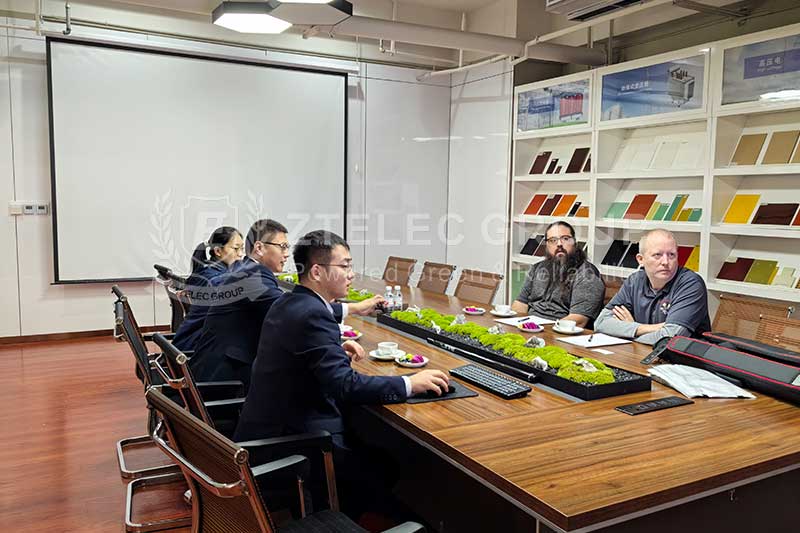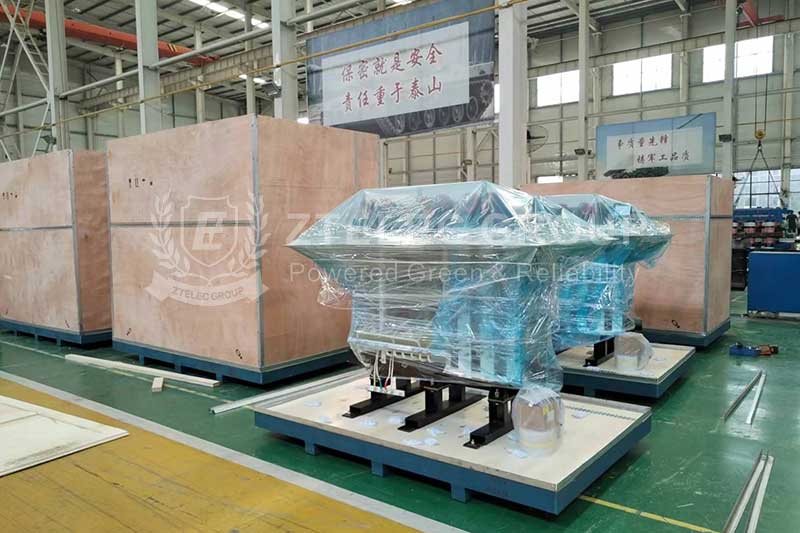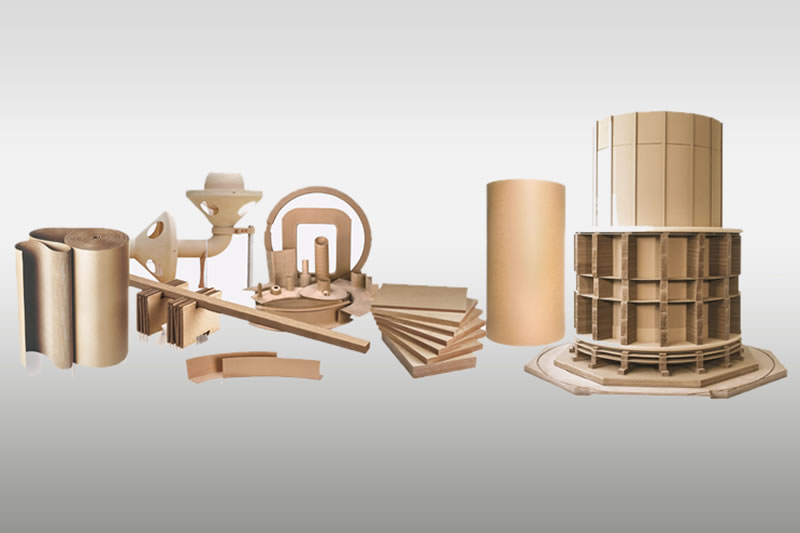Epoxy G10 Green Sheet Price: Factors Affecting Cost & How to Save
Epoxy G10 Green Sheet is a high-performance composite material that is widely used in the electronics, electrical, and mechanical industries. It is very important for companies to understand the factors affecting its price and develop corresponding cost-saving strategies, which will help reduce procurement costs and improve economic benefits. This article will deeply analyze the core factors of price fluctuations and provide actionable cost optimization solutions.
Main Factors Affecting the Price of Epoxy G10 Green Sheet
1. Raw Material Cost
Epoxy resin: It is the core component of epoxy G10 green sheet. The price of epoxy resin is directly affected by oil market fluctuations and supply and demand. When oil prices rise, the cost of upstream chemical raw materials will increase, which will be transmitted to the resin selling price. In addition, when the market is in short supply, the price of resin tends to rise sharply.
Fiberglass cloth: This is the reinforcing material of the sheet. Its cost is affected by the combined influence of raw material prices, production processes, and market trends. For example, if the price of raw materials for glass fiber production rises, or if the equipment and energy consumption costs increase due to process upgrades (such as improving weaving accuracy), the price of fiberglass cloth will rise, which will in turn affect the cost of the sheet.
2. Production process and quality standards
Process complexity: Advanced processes such as high temperature and high pressure molding can significantly improve the performance of the board, such as insulation and mechanical strength. However, such processes require supporting professional equipment and consume more energy, which will directly increase production costs.
Quality requirements: The requirements for board performance in different application scenarios vary greatly. In high-end fields such as aerospace and precision electronics, there are strict standards for the heat resistance and stability of materials. To meet these standards, strict raw material screening, refined production processes and multiple quality inspections are required, which will increase production costs.
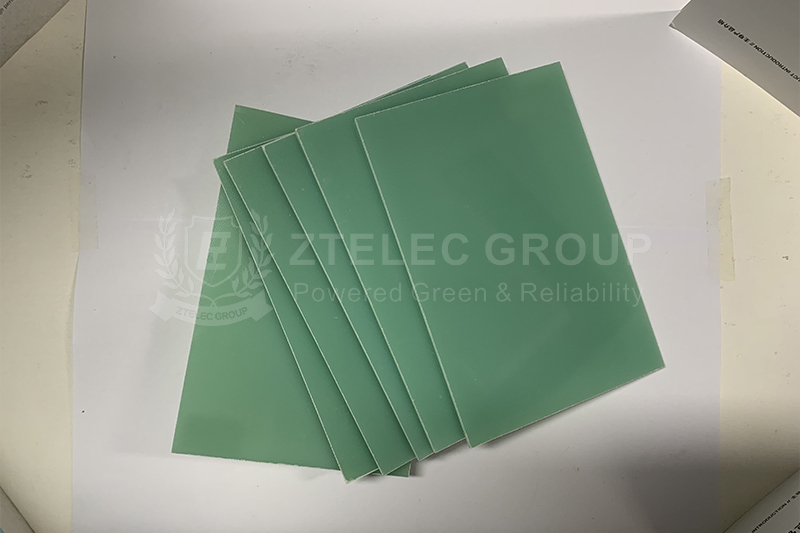
3. Market supply and demand dynamics
Demand fluctuations: The rapid development of downstream industries such as electronics and new energy often leads to a surge in demand for high-performance insulating materials such as epoxy G10. If the supply-side production capacity cannot match demand in time, the price of the board will rise.
Supply capacity: The capacity scale and inventory level of the supplier have a significant impact on the price. When the production capacity is insufficient or the inventory is low, the market is prone to supply and demand, leading to price increases; on the contrary, when the production capacity is excessive, companies may clear inventory by reducing prices.
4. Brand and sales channels
Brand premium: Products from well-known brands usually have more stable quality and more reliable after-sales guarantee. This is because brand companies have invested more resources in R&D, quality control and brand building, so their product pricing often includes brand premium costs.
Channel cost: Different procurement channels will result in different prices. Purchasing directly from manufacturers can save the distributor link and have more price advantages; when purchasing through agents or multi-level distribution channels, the cost of the intermediate links will be added to the terminal sales price.
Effective strategies for cost saving of epoxy G10 green sheet
1. Optimize procurement strategy
Bulk procurement: Companies can negotiate bulk procurement agreements with suppliers. Through large-scale procurement, suppliers' unit marginal costs will be reduced, so they are willing to offer price discounts. At the same time, reducing the frequency of procurement can also reduce procurement management costs.
Long-term cooperation: There are many benefits to establishing a strategic partnership with suppliers. Stable order demand can help suppliers optimize production plans and inventory management. In return, suppliers usually provide long-term price discounts and priority supply rights.
2. Improve production efficiency
Process innovation: Companies can introduce automated production lines (such as CNC machine tools) or optimize process flows. Doing so can reduce manual intervention, improve processing accuracy, reduce defective rates, shorten production cycles, and reduce energy costs. For example, using CAD/CAM technology for precise cutting can minimize material waste.
Material recycling: Optimizing sheet cutting plans through intelligent nesting systems can improve material utilization. In addition, sorting and recycling processing scraps (such as for non-critical component production) can further reduce the raw material consumption per unit product.
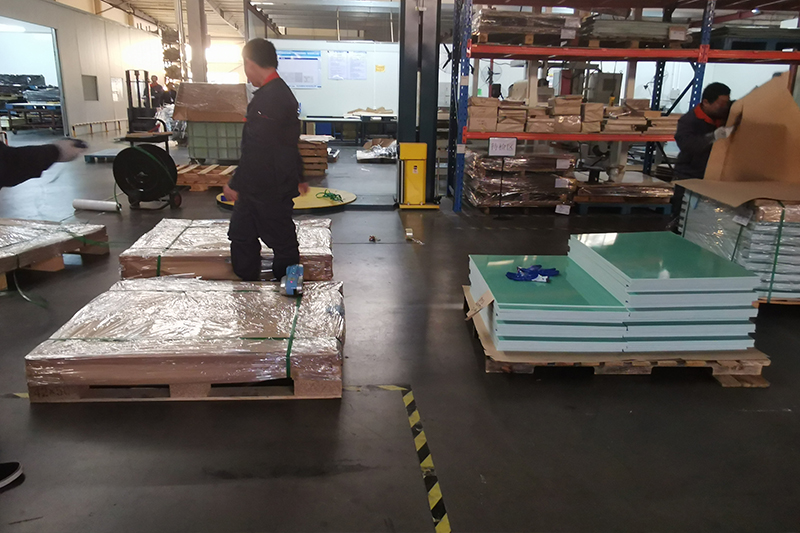
3. Strengthen market research and supplier management
Market trend analysis: Companies need to conduct market research regularly to track raw material price trends and changes in supplier capacity. By mastering this information, companies can seize procurement opportunities, such as making strategic reserves when prices are low, thereby reducing the risk of cost fluctuations.
Supplier evaluation: Companies should build a supplier evaluation system from dimensions such as capacity, quality, delivery time, and after-sales service. Through multi-channel price comparisons and competitive negotiations, select cost-effective partners to achieve dual control of procurement costs and risks.
4. Optimize product design and production loss control
Lightweight design: When designing products, enterprises should fully consider the performance and cost of epoxy G10 green sheets and optimize product structure. On the premise of meeting performance requirements, the thickness or size of the sheets can be appropriately adjusted to reduce the amount of materials used, thereby controlling costs.
Lean production management: Enterprises need to establish a production process quality traceability system to monitor and reduce the defective rate in real time. At the same time, optimize production scheduling to avoid inventory backlogs, strengthen equipment maintenance to reduce downtime losses, and achieve a systematic reduction in production costs through these measures.
The cost management of epoxy G10 green sheets needs to start from the entire chain, including raw materials in the upstream of the industrial chain, production processes in the midstream, market supply and demand in the downstream, and supply chain management. Through the synergy of technological innovation, strategic procurement and lean production, enterprises can achieve cost optimization while ensuring product quality, thereby establishing a sustainable competitive advantage in the composite materials market.
- more+releated article
- 2025-12-13How to Select and Use Phenolic Cloth-base Lami
- 2025-12-13How Much Does Bakelite Sheet Cost? 2025 Price
- 2025-12-13Why are most 3240 epoxy boards yellow?
- 2025-12-13What are the Main Applications of FR4 Epoxy Bo
- 2025-12-13Why Does the Price of Insulating Paperboard Va
- 2025-12-13Heat-Resistant DDP Insulation Paper
- 2025-12-13Comparison of Heat-Resistant DDP Insulating Pa
- 2025-12-13G10 and FR4 Epoxy Boards: Commonly Used for Ge
- 2025-12-13The Price of Heat-Resistant DDP Insulation Pap
- 2025-12-13How to Choose Epoxy Laminate Materials for Gen


